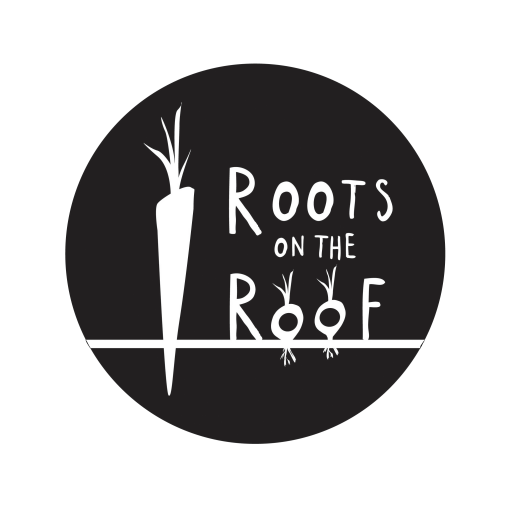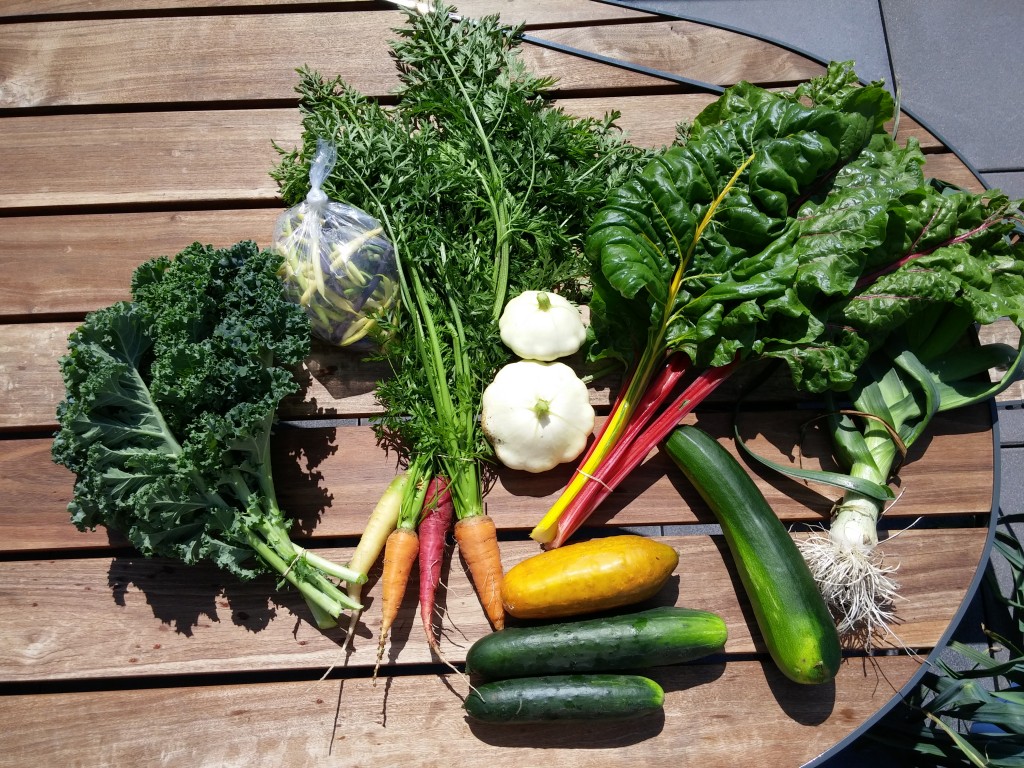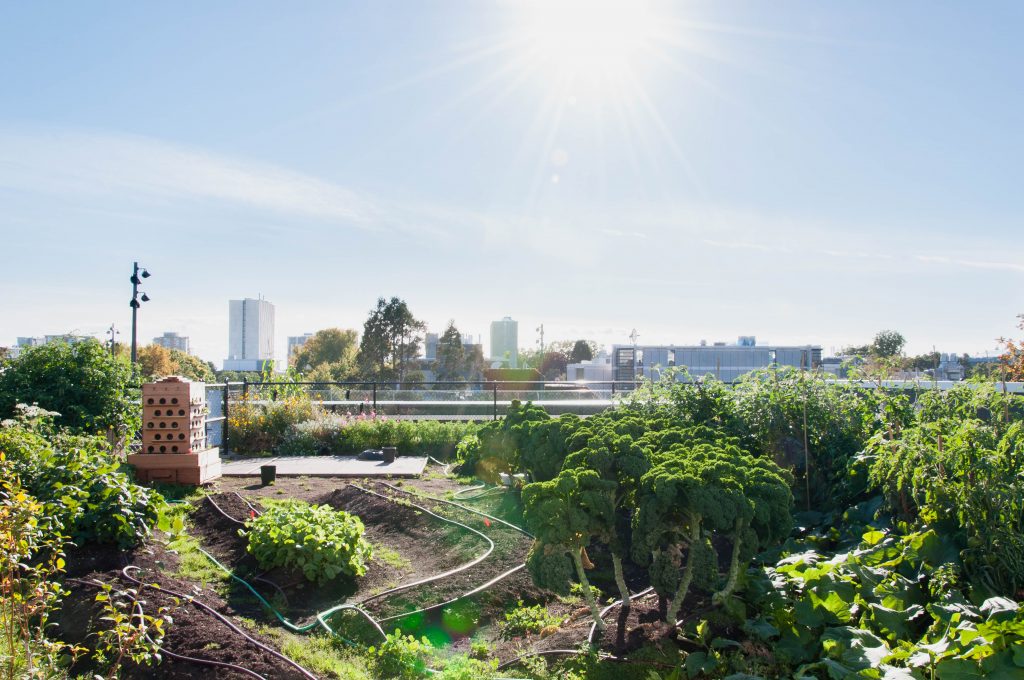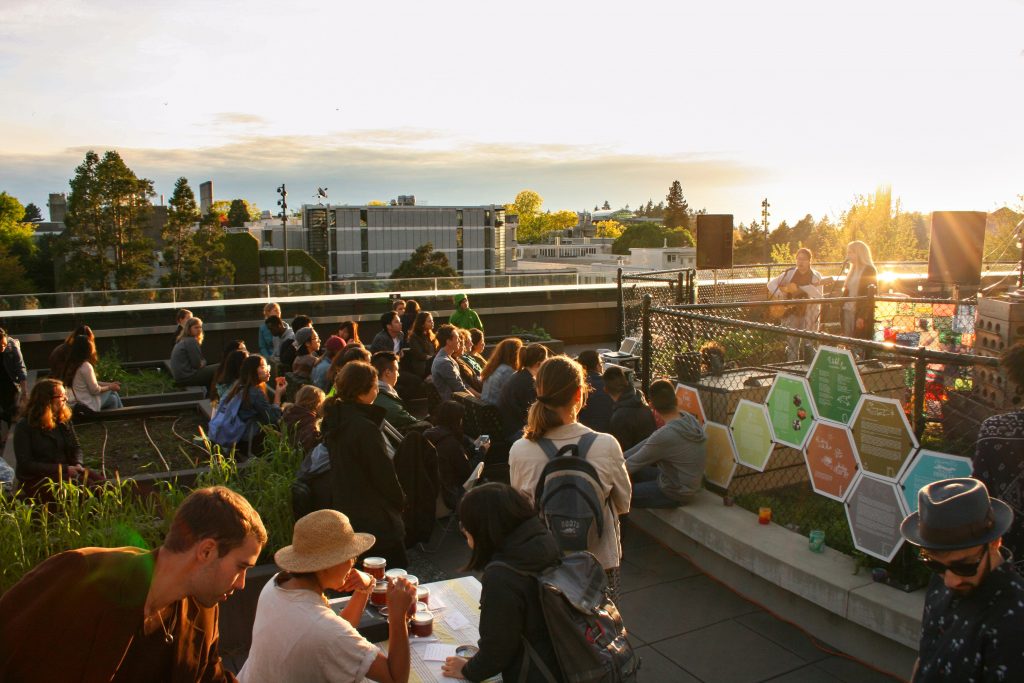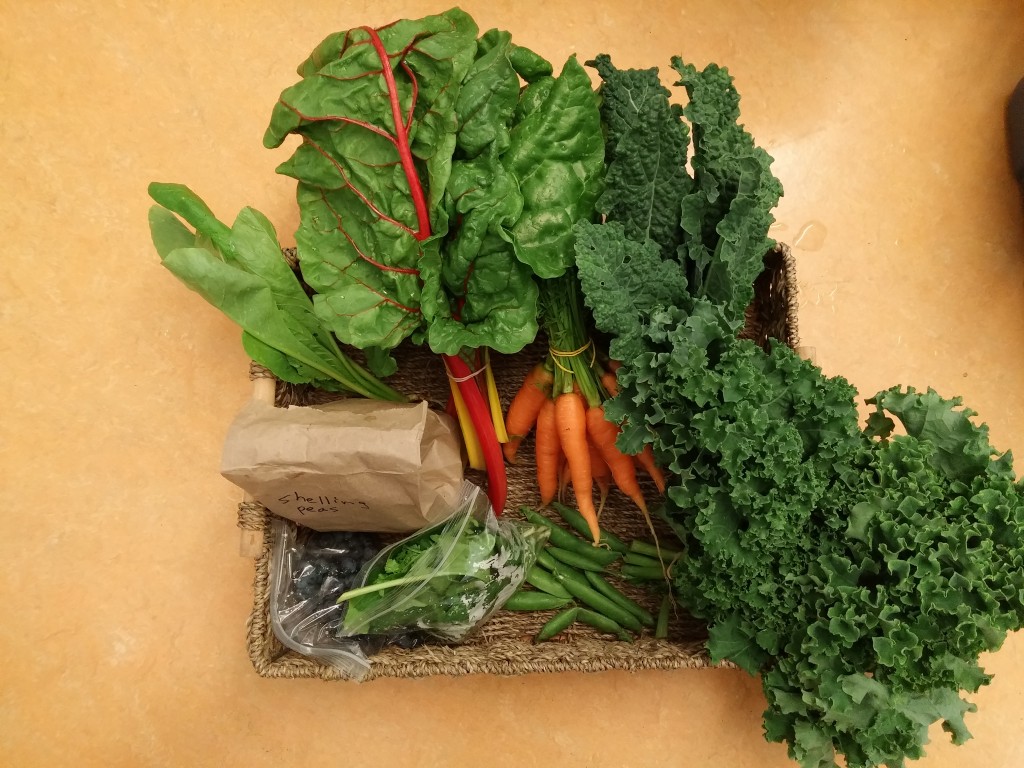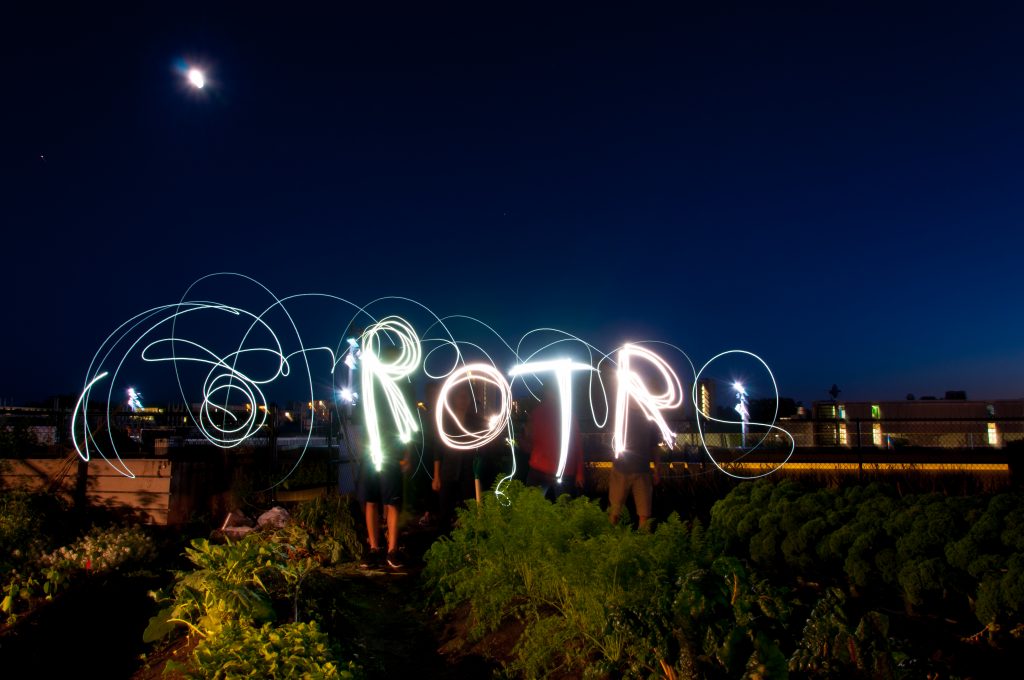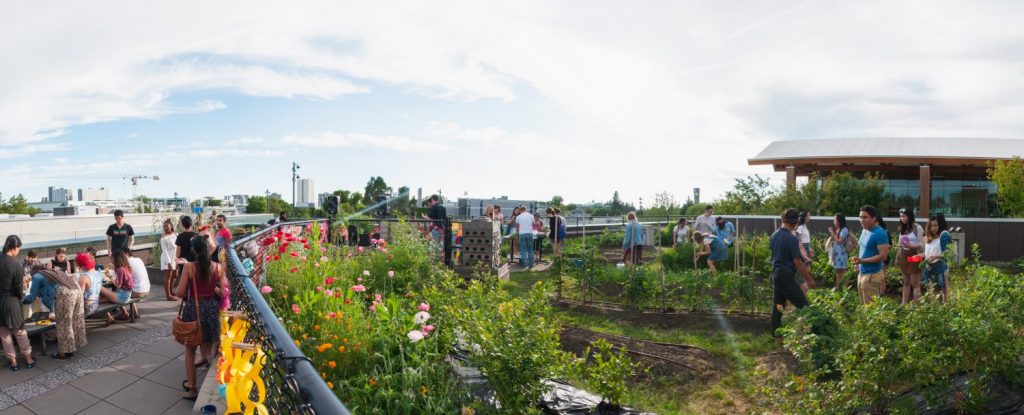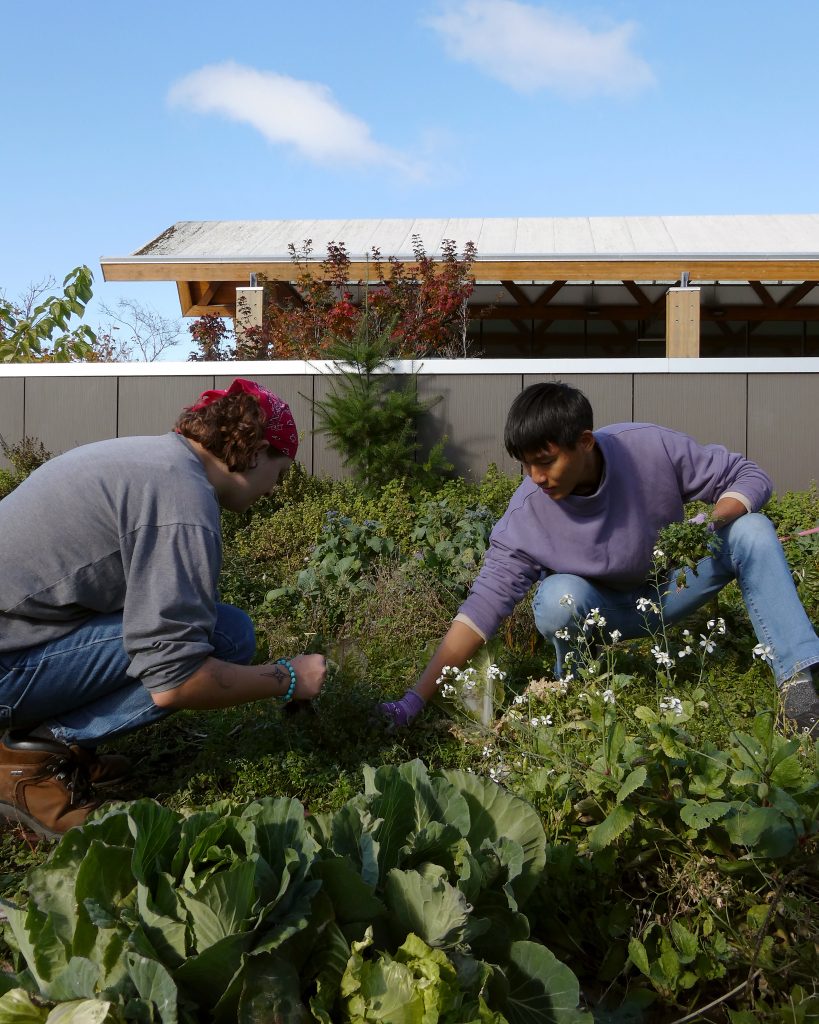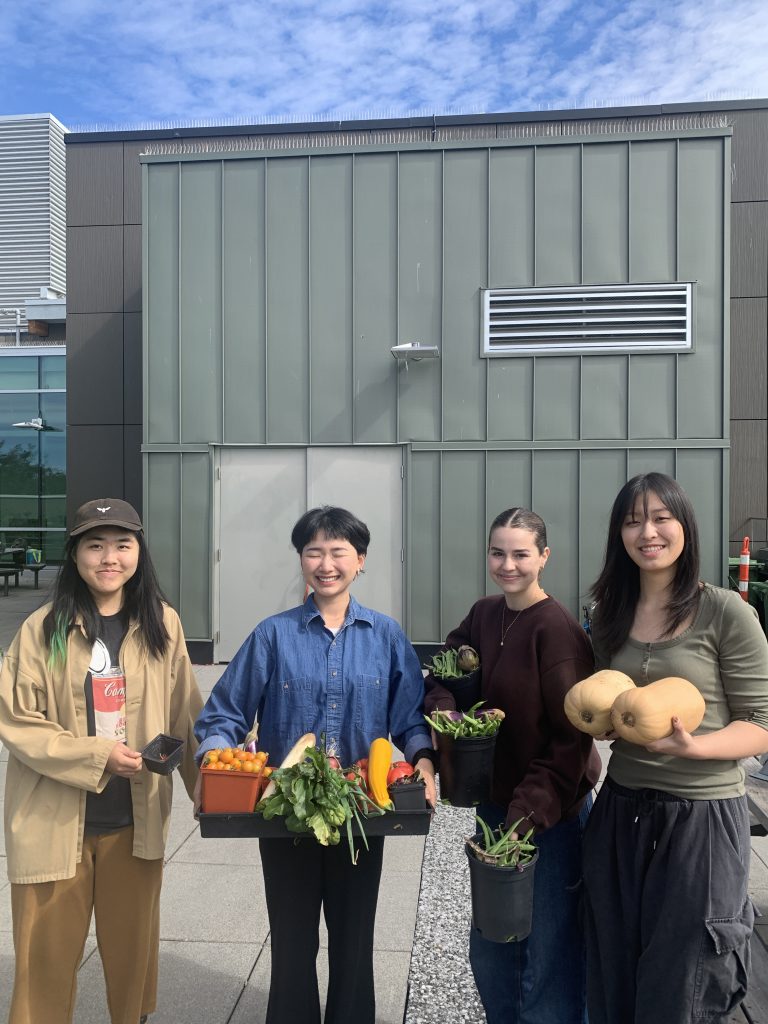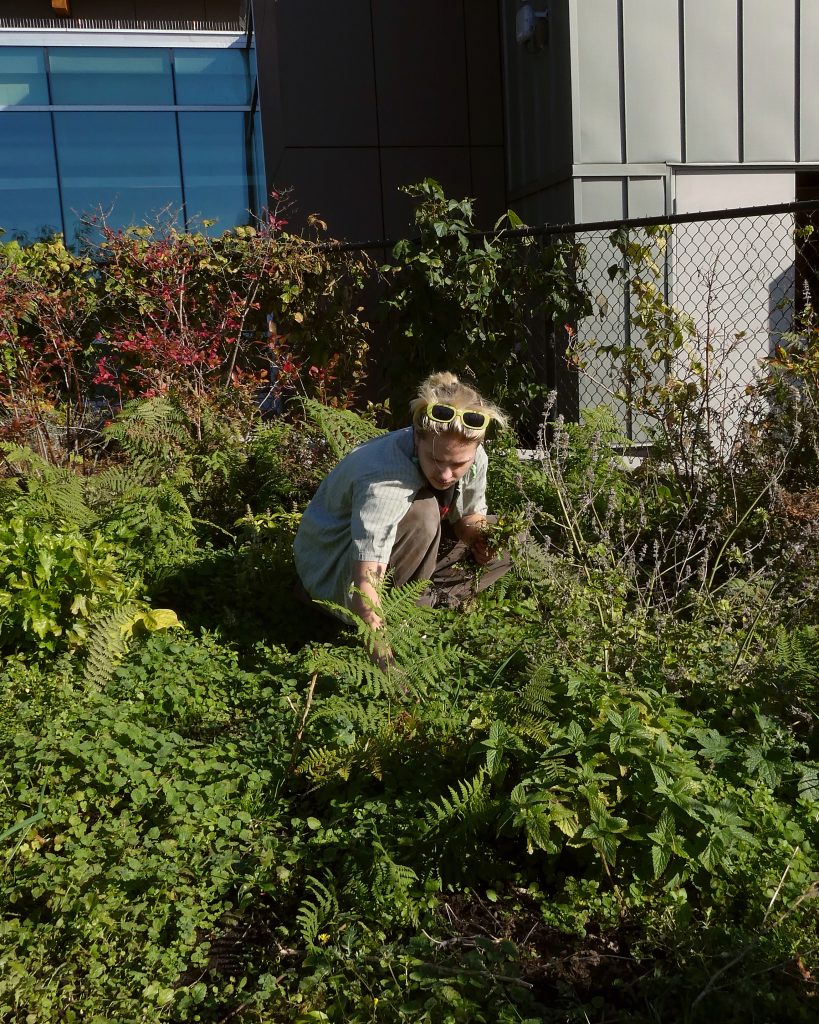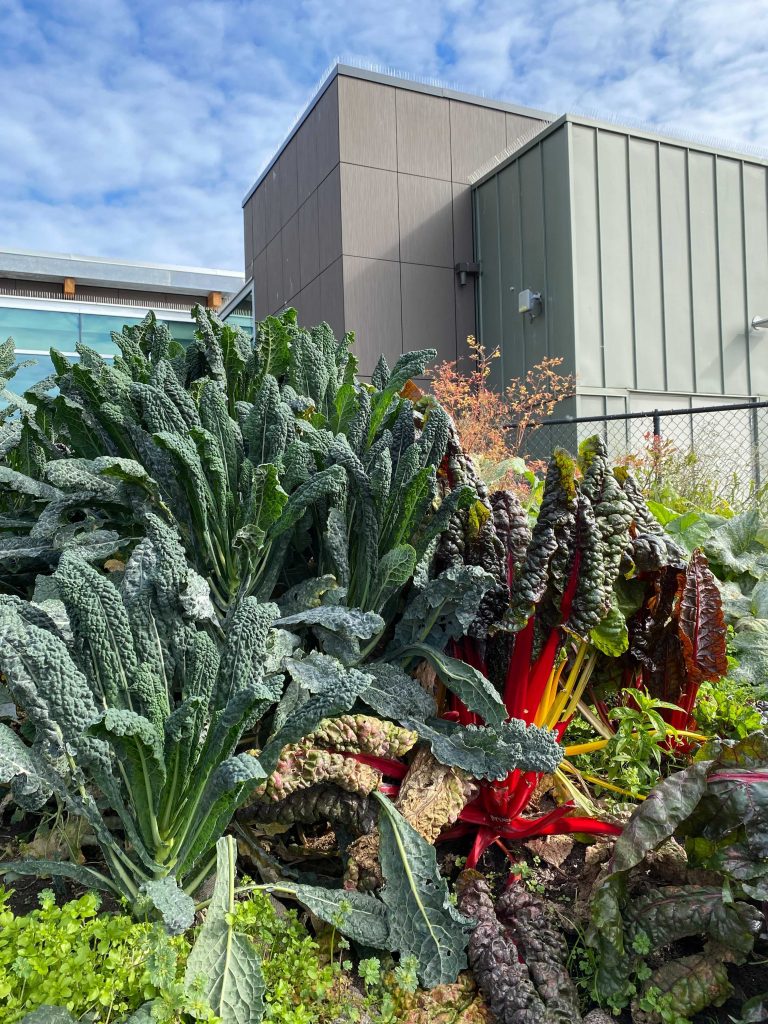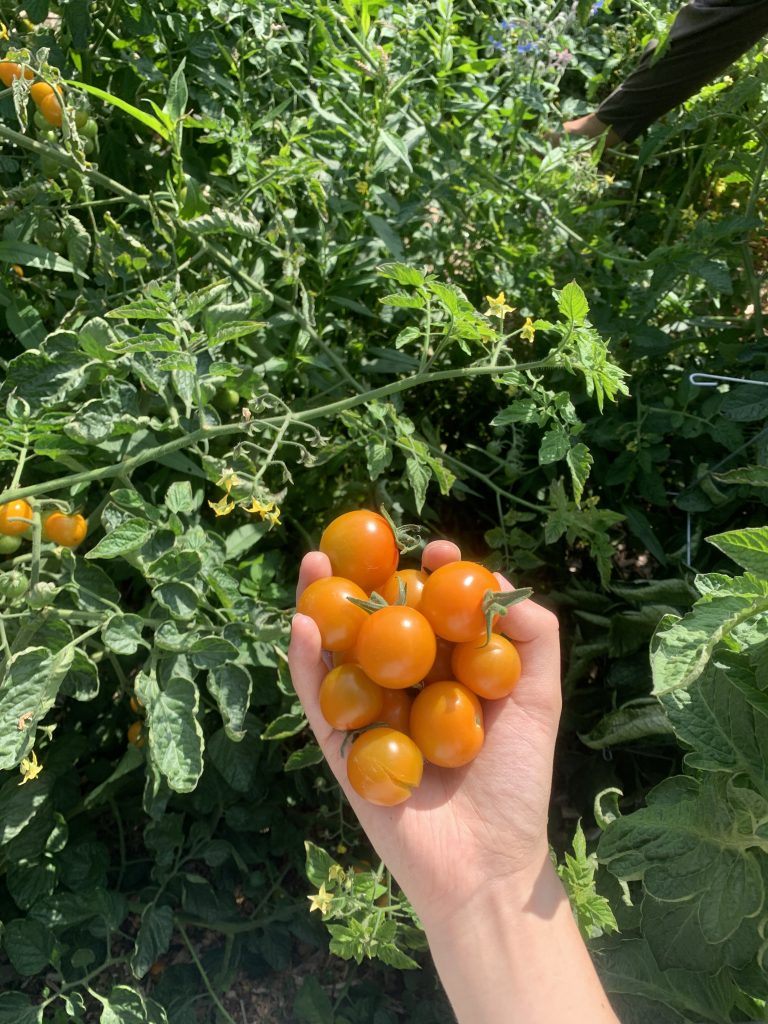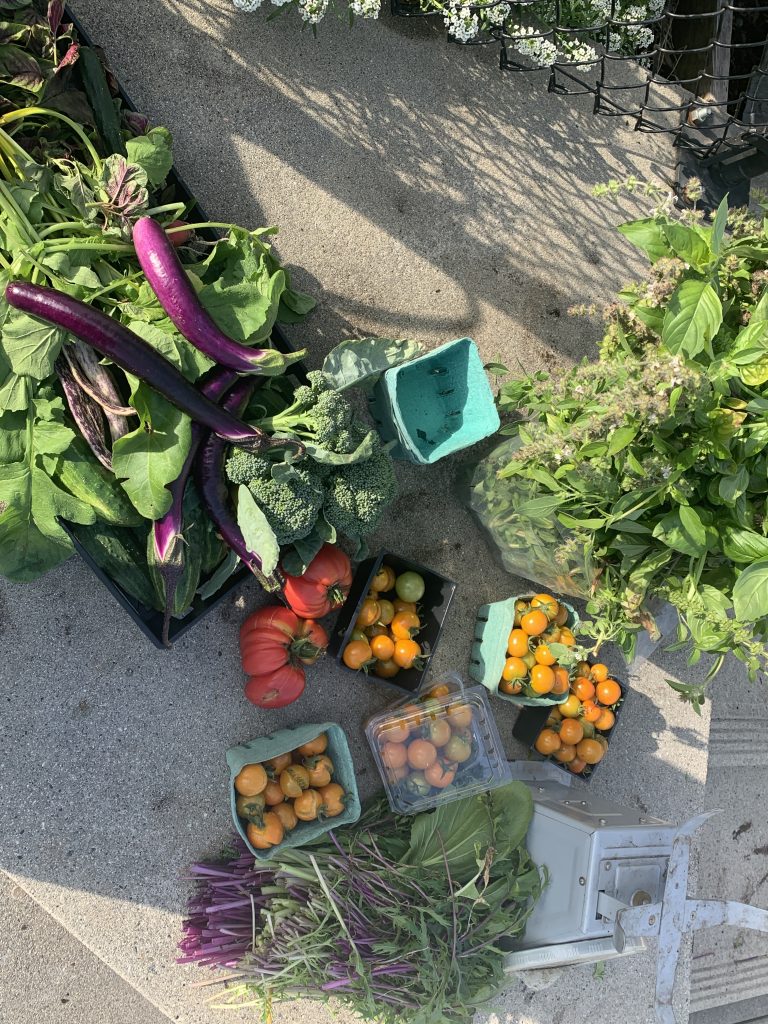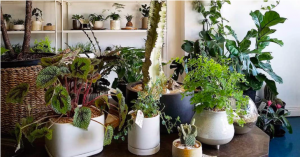Growing Potted Plants for Small Indoor Spaces
For those without outdoor space there are still many plants you can grow – including small trees! If you only have access to sunlight indoors, growing potted plants is a great option, especially if you want to grow warmer-climate plants. Plants that are adapted to warmer growing conditions can often be kept outside during the warmer summer months and then moved indoors when the temperature gets too cold.
Why should you consider growing potted plants? First off, plants can improve air quality while also benefiting your mental health by reducing stress levels and mental fatigue. It’s also opportunity for you to grow some of your own fresh produce, even through the winter months.
Carrots, beets, spinach, lettuce and radishes are just a handful of vegetables that do well in pots. Tomatoes, peas, eggplants, and other vine plants can thrive as well, but require a trellis to support vertical growth. Plants with shallow root systems tend to better tolerate compact spaces with moderate sun exposure and maybe an easier place to start.
Setting up a potted plant:
- You can either start from seeds and follow the germination instructions on the packet or buy starters from a nursery to save time. When buying from a nursery, always check for signs that the plants are unhealthy or carrying disease, such as droopy or wilted leaves, discoloration, bad root anchorage, or soggy soil and stems.
- Clean your planter, especially if reusing an old one.
- If your planter does not already have drainage holes, drill some small holes in the bottom. This will allow access water to drain and help prevent the roots from rotting.
- Line the bottom with a generous layer of gravel or mulch. You can also use packing peanuts or bubblewrap, which will keep your pot lighter. Avoid a filler material like newspaper or cardboard that will decompose.
- If you plan on keeping your plant in the pot temporarily, consider adding a layer of planting cloth between the filler and soil; it can make for an easier clean up at the end of the season
- Fill the rest of the planter with soil. If you dig up your own soil outside, make sure it includes organic material like compost or manure. You can also buy potting soil, which costs money but has the advantages of being sterile, well aerated, lightweight, and has good drainage.
- Now you can fill your planter, either with your nursery plants or seedlings.
Maintaining a potted plant:
Place your plants according to the amount of sun exposure they need. Tip- southern facing windows tend to receive the most sunlight. That said, also take into account any trees or buildings outside that may be obstructing sunlight from reaching your window.
The amount of watering your plants need depends on multiple factors, like the type of plant, the material of the pot, and how warm you keep your home. Luckily, there’s an easy way to know when to water, which is simply to stick your finger in the dirt. If the first one to two inches of soil is dry, gently water the plant with lukewarm water. Rainwater is best, but tap water is fine as well. If you see wilting or brown leaf tips, this could be a sign that your plant needs more water. If you see yellow or black leaves and signs of rot or mold, this indicates over watering. You want to keep the soil moist, but not mushy.
Houseplants that bloom or grow produce will also need fertilizer to thrive, which can be bought at any garden store or home depot. Regularly apply a mild fertilizer that breaks down over slowly to release nutrients over time.
If your plants require humidity or show signs of drying out (curling brown or yellow leaves, dropping buds) the easiest solution is to spray them with a fine mist a couple times a day. You can also try keeping your houseplants together. Believe it or not, they can provide humidity to each other!
Re-pot as needed. The pot the plant came in from the nursery or where you germinated seeds will likely not be large enough to accommodate the mature plant. If you notice roots growing above the soil line or through the drainage holes it is a sign that your plant needs a bigger pot.
